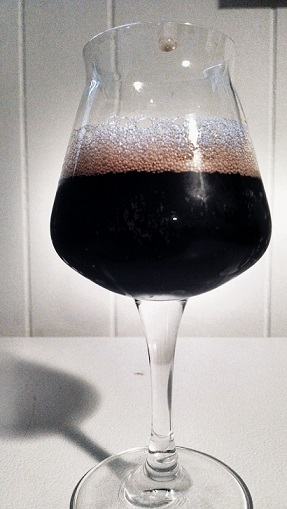GrogNerd
mean old man
for this brew I had no choice but to rack into a secondary and get it off the cake due to the fact that it already fermented 4 points over
not following the reasoning here. no reason to slow it down, you want it to finish
For the second batch, I wanted to slow the fermentation down as much as possible since it Fermented 4 points over. (1.012 FG versus the 1.016 the recipe calls for). So secondary seemed like the way to go. (Someone please tell me if this was the right thing to do)
4 points UNDER what the recipe says is not a bad thing, the yeast just did a better job than expected.
you can secondary, but there is much debate whether they're necessary for a batch of normal-sized beer which is not having additional sugars added (a secondary fermentation, hence the name)
bottle when gravity does not change between successive readings over several days, not when one reading reaches the recipe's stated goal.
I bottled my Grodziskie to 3.5 volumes with no gushers or bottle bombs, don't be afraid to prime on the high side. you just have to make absolutely sure primary fermentation is done.











































![Craft A Brew - Safale S-04 Dry Yeast - Fermentis - English Ale Dry Yeast - For English and American Ales and Hard Apple Ciders - Ingredients for Home Brewing - Beer Making Supplies - [1 Pack]](https://m.media-amazon.com/images/I/41fVGNh6JfL._SL500_.jpg)














